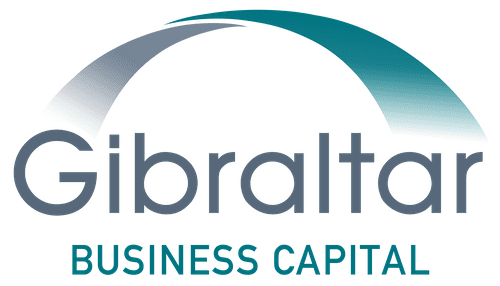Asset-based loans are generally supported by working assets, such as inventory and accounts receivable. However, in some cases, these may be combined with fixed assets such as equipment for increased borrowing capacity. If you have valuable equipment in good condition that is earning income, you may be able to include it in your asset-based lending (ABL) collateral. In this case, the equipment will first need to be professionally appraised to determine its value.
How Will Your Equipment Be Appraised?
Because of the tax system, accountants tend to look at equipment value in terms of depreciation—a uniform reduction in value that starts with the price at which the equipment was purchased and subtracts a certain amount every year for a set number of years. But just because a piece of machinery is fully depreciated doesn’t mean that it no longer has any value or that it has reached the end of its effective lifespan.
For an asset-based loan, the value used by an accountant for your taxes and balance sheet is not appropriate. You will need an equipment appraisal by an accredited appraiser who follows the Uniform Standards of Professional Appraisal Practice (USPAP). These standards cover intended use, ownership interest, property type, value-relevant characteristics, market conditions, and the proper approach to apply in order to appraise the machinery and equipment for the intended purpose.
Asset-based lenders often use Net Orderly Liquidation Value to determine a borrowing base for equipment.
What is Net Orderly Liquidation Value?
Orderly liquidation value falls between forced liquidation value and fair market value. “Net” orderly liquidation value is the orderly liquidation value less anticipated liquidation expenses. It is an estimate of the sale price you could get for tangible assets in a liquidation sale, given a reasonable time—such as four to six months—to locate a purchaser or purchasers and sell the assets. Theoretically, you would receive less than fair market value, but more than you would under a forced liquidation.
How “Remaining Useful Life” is Determined
Unlike accountants, equipment appraisers need to make an accurate estimate of the “remaining useful life” of a piece of machinery to establish its value. To do this, they look at more than the age. They generally examine the machinery in person, checking for excessive wear and tear or signs of damage such as dents or welded repairs. They consider the working environment and the conditions—exposed, wet, etc.—in which the equipment is generally used or stored. They will review your maintenance and repair logs to ensure that the equipment has received proper care throughout its lifetime. They will also consider the hours meter, if there is one, and whether the degree of wear is consistent with what they’d expect from machinery with that level of usage.
Appraisers will utilize the average lifespans of similar items they have appraised in the past. They may consult published documentation of the normal useful life span of an equipment type, or even talk to the manufacturer. Your machine’s potential remaining useful life, based on all these factors, will become an important part of the appraisal.
Why it Matters if Your Lender is Industry-Smart
To get the best possible financing terms, it helps if not only your appraiser but also your asset-based lender has familiarity with your industry and its specialized equipment. Existing market and industry conditions can impact equipment value in addition to the factors mentioned above. It helps if a lender understands the real, operating value of your machinery, the trends in your market, any upcoming regulations that could affect your operations, your competition and suppliers, etc. The more lenders understand about your company and industry, the more creativity they can apply to crafting a loan facility suited to your needs. The ABL experts at Gibraltar offer broad industry knowledge.
Talk to a member of Gibraltar’s professional and experienced sales team to learn more about how your equipment can help support the flexible financing you need to grow your business.


